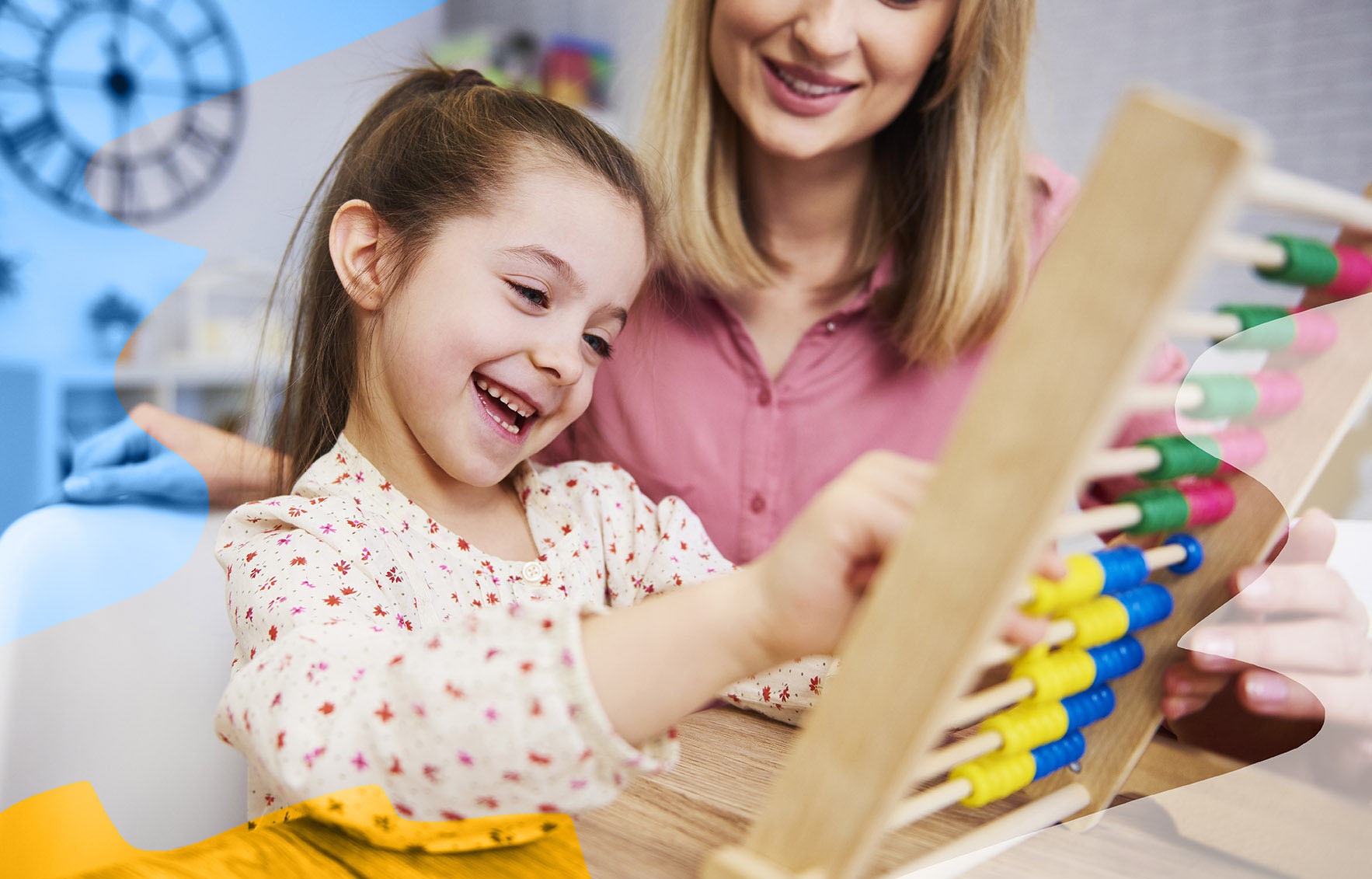Remote learning in Special Education: 5 Steps to Make this Transition Successful

The transition from the classroom to remote learning is a challenging process for all teachers and students, but especially difficult for those delivering Special Education services and instruction. Special Educators are under pressure to adopt new learning methods tailored to each student’s needs, while providing sufficient support to their special needs students and their parents. Remote learning and home-based instruction are the “new normal” and teachers are expected to make it work.
In this unprecedented situation, here are 5 steps that will make it easier for you:
1) Guide parents in creating routines
2) Set structure and learning goals
3) Flexible communication
4) Create learning opportunities from every-day activities
5) Provide easy-to-apply resources
Find out how Kinems’ Whole Child Approach can support all these steps and elevate your students’ academic success by booking a free demo with one of our Educational Experts:

1) Guide parents in creating routines
Major schedule and environmental changes can be extremely challenging for children with special needs. In contrast, they function very well when they follow a structured and consistent routine. Therefore, educators should encourage and guide parents on how to create a daily schedule with all the activities the children should complete - similar to the one they did when they used to go to school. This will make them feel much more comfortable with home-learning. Convince parents that sticking to routines will eventually make their lives easier.
2) Set structure and learning goals
After understanding each student’s circumstances, you will be able to evaluate which IEP goals are achievable in the new environment. IEP goals are easier to meet in the school setting. However, some can be identified as achievable at home. Help parents to set realistic goals and not to feel overwhelmed. Less stress and more learning through play will help the child and parents to manage in this very difficult time. Also, it is time to use educational videos and resources to supplement direct instruction to take the burden off the parents. You will feel less stress if you can help them locate appropriate audio visual aids to help engage the student.
3) Flexible communication
Written instructions and videos are good ways to engage parents/guardians into this new home-schooling process and help them understand how they can support their children at home. This continuous guidance and advice can occur regularly via phone or video conferencing call and/or email messages. In this way parents/guardians feel supported, while you can keep tracking your students’ mood and overall progress. You can understand if your students are facing challenges in performing activities and might need extra personalized instruction and new resources.
4) Create learning opportunities from every-day activities
While parents are doing daily activities, they have many opportunities to teach basic skills like categorizing, measuring and counting. Even reading can be added into the “menu”. There are also many aspects of everyday activities that can be used for actively engaging in reading activities following directions such as package directions, assembly and installation instructions, forms to be completed, etc. This is an un-school time that can make every possible minute a learning moment! So, advise them to try it as long as it is based on their child’s level!
5) Provide easy-to-apply resources
There is a plethora of learning resources available online to complement your teaching topics. However, not all of them are easy for parents to understand and apply so that they can effectively help their children acquire new knowledge and skills. It is important to provide resources that are simple to assemble and utilize for parents with different educational backgrounds. Make sure that the instructions are clear and specific.
Here are some easy resources to get you started in sharing with parents:
Free Printable Board Game | Kinems Math Operations
Free Printable Board Game for Math for Kindergarten & 1st Grade | Yummy Pairs
Free Printable Board Game for Kindergarten Students | Yeti Jump
Free Printable Board Game for Preschoolers and Kindergarten | Space Motif
Educational Visual Memory Board Game for Preschool to Grade 2 | UnBoxiT
Printable Educational Board Games for PreK - K 5 grades for Math | “Who’s Counting”
Printable Educational Board Game for Preschoolers & Kindergarten | “Marvy Learns”
Printable Educational Board Games for PreK-Grade 1 for ELA | “ABC and friends”
Find out how Kinems’ Whole Child Approach can support all these steps and elevate your students’ academic success
Complete your contact information below and learn more about our educational approach:
